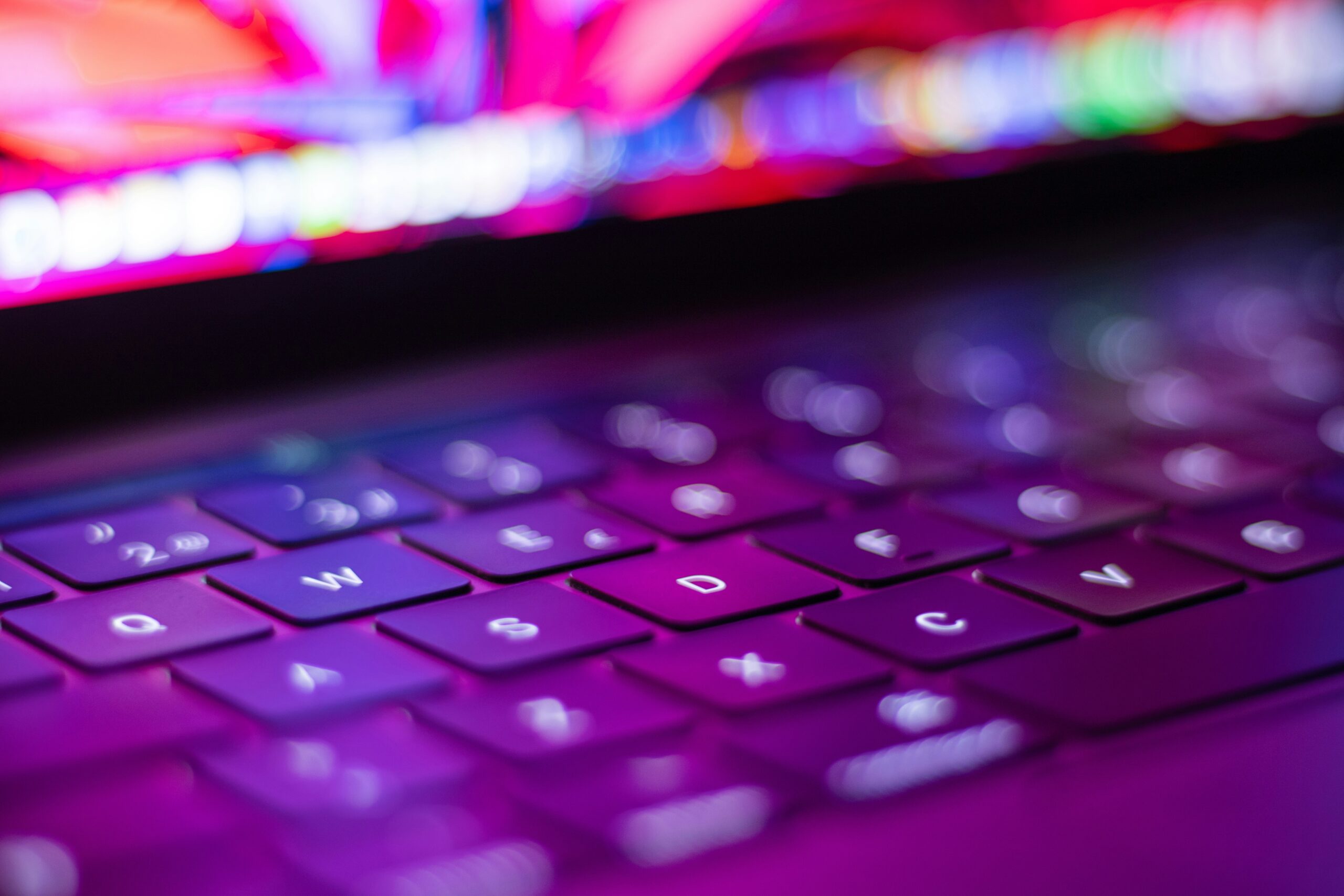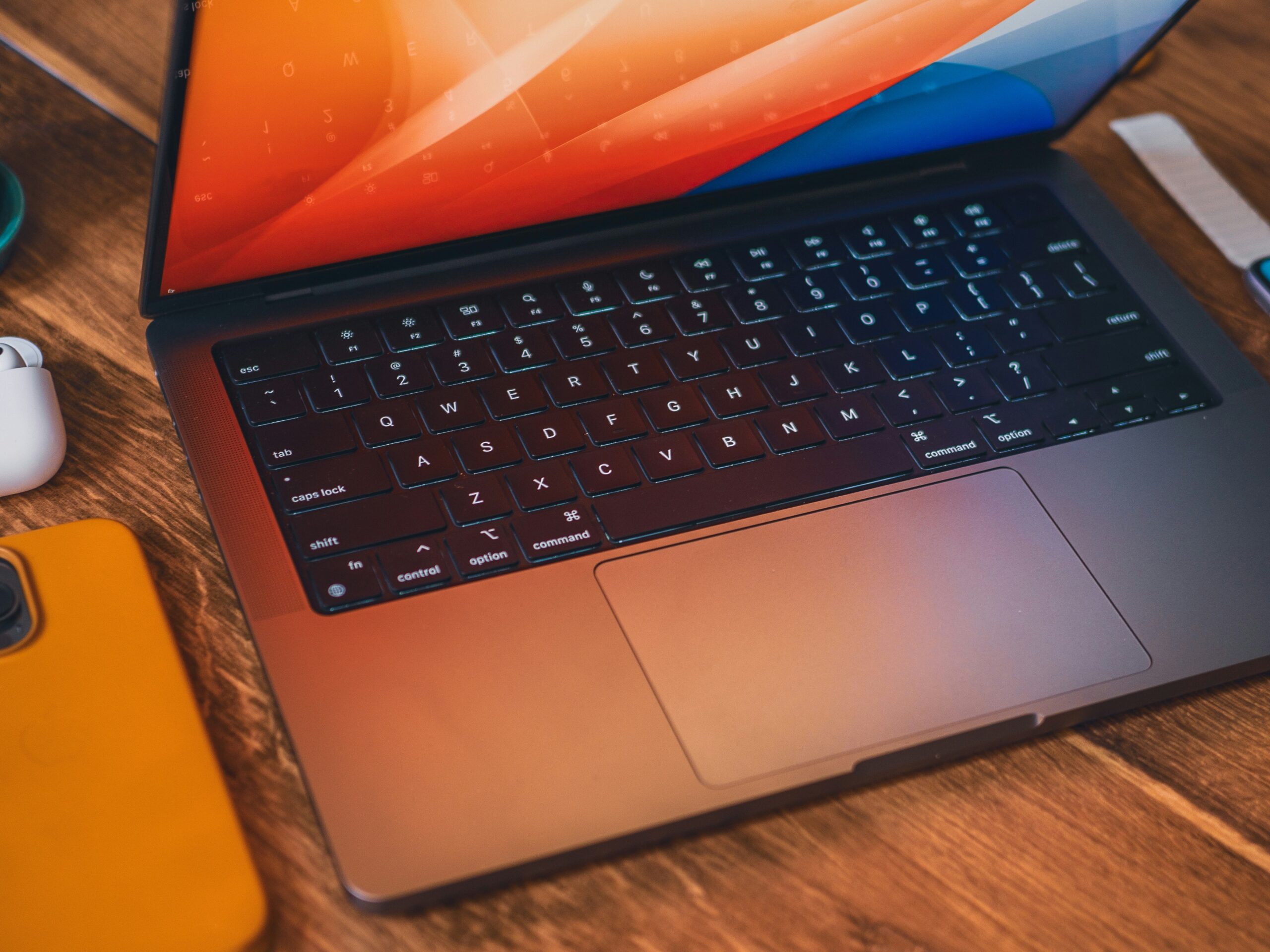
☕ The Morning Struggle: A Real Story
It’s 7:45 AM. Coffee? Brewing. You? Ready to get some work done. You tap the power button on your laptop, expecting a quick boot so you can jump into your to-do list.
But instead… you wait.
And wait.
A spinning circle. A black screen. Then finally—your desktop appears… after five long minutes.
Now it’s 7:50, your coffee’s cold, and your patience? Gone.
That’s exactly what happened to Carlos, a freelance designer in Brooklyn. He noticed his Windows startup time was getting slower each week, but didn’t think much of it—until one morning it made him late for a client call.
He asked the same question many of us have Googled:
“How do I speed up Windows startup?”
The good news? There’s a lot you can do to fix a slow boot time—without being a tech wizard or buying a new PC. In this guide, we’ll break down why your Windows startup might be slow and give you practical, proven tips to speed things up.
Why Is Your Windows Startup So Slow?
Before diving into the solutions, let’s understand what’s causing the delay.
Common culprits include:
- Too many startup programs
- Outdated drivers
- Background apps consuming resources
- Fragmented hard drives
- Heavy antivirus software
- And yes, sometimes even malware
Now let’s fix it.
✅ 10 Easy Ways to Speed Up Windows Startup
1. Disable Unnecessary Startup Programs
This is the #1 fix.
When you install apps, many of them sneak into your startup queue—meaning they launch every time you boot up your PC.
How to fix it:
- Press Ctrl + Shift + Esc to open Task Manager
- Go to the Startup tab
- Right-click and disable anything you don’t absolutely need (Spotify, Zoom, Discord, etc.)
Less is more. The fewer apps loading at startup, the faster your boot time.
2. Turn on Fast Startup (Windows Feature)
Fast Startup is a built-in Windows feature that combines a shutdown and hibernation for faster boot times.
How to enable it:
- Search “Power Options” in the Start menu
- Click “Choose what the power buttons do”
- Click “Change settings that are currently unavailable”
- Check “Turn on fast startup”
Also Read , What Causes the Blue Screen of Death (BSOD)? Real Reasons, Real Fixes
Boom. Your PC just got quicker.
3. Switch to an SSD (If You Haven’t Already)
If you’re still using an HDD (hard disk drive), upgrading to an SSD (solid state drive) is like upgrading from a tricycle to a Tesla.
Boot times with SSDs can drop from minutes to seconds.
Yes, it’s that big of a difference.
Most modern laptops already have SSDs, but if yours doesn’t—it’s worth the upgrade.
4. Clean Up Your Hard Drive
A cluttered disk slows down everything—including startup.

Use built-in tools:
- Search for Disk Cleanup
- Select the drive you want to clean
- Delete temporary files, system logs, recycle bin contents, etc.
Or use third-party tools like CCleaner (just be careful and avoid aggressive cleaning options).
5. Check for Malware or Adware
Sometimes the slowdown isn’t just apps—it’s unwanted guests.
Viruses, cryptojackers, and bloatware can all cause startup delays.
How to scan:
- Use Windows Security for a full scan
- Or install a trusted antivirus like Malwarebytes or Bitdefender
Also Read , How to Reset a PC to Factory Settings? A Real-Life Story with a Step-by-Step Guide
Tip: If your startup suddenly became slow overnight, malware is a likely suspect.
6. Update Your Drivers
Outdated or corrupted drivers—especially for graphics and storage—can affect your system’s boot sequence.
To update:
- Right-click Start > Device Manager
- Right-click each major driver and select Update Driver
- Or visit the manufacturer’s website for the latest versions
7. Turn Off Visual Effects
Animations and transparency look nice—but they also use system resources.
How to disable them:
- Search “Adjust the appearance and performance of Windows”
- Select Adjust for best performance
- Or manually uncheck visual effects like fading and animations
Great for older PCs or systems with limited RAM.
8. Clear Your Startup Folder
Did you know Windows has a folder that contains programs set to launch at boot?
To access:
- Press Windows + R, type shell:startup, and hit Enter
- Delete anything in there you don’t need
Also Read , Why Is My Computer Fan So Loud? Real Reasons and Smart Fixes
Just make sure you don’t remove anything critical like antivirus software.
9. Run System File Checker
If system files are corrupted, your PC may struggle to boot correctly.
Run SFC:
- Open Command Prompt as admin
- Type: sfc /scannow
- Hit Enter and let it repair damaged files
This can quietly fix a lot of hidden issues.
10. Disable Services That Slow Boot Time
Be careful here—this tip is more advanced.
- Press Windows + R, type msconfig, and hit Enter
- Go to Services > Hide all Microsoft services
- Uncheck third-party services you don’t recognize or need
Warning: Don’t mess with this if you’re unsure. Disabling essential services can cause problems.
Final Thoughts: How Do I Speed Up Windows Startup?
Let’s go back to Carlos. After disabling a few heavy startup apps, cleaning up his hard drive, and enabling Fast Startup, his boot time dropped from 3 minutes to just 20 seconds.
And you can do the same.
So, how do you speed up Windows startup?
The key is cutting the bloat, updating your system, and keeping things clean. You don’t need fancy tools or a new laptop—just a bit of know-how and 15–20 minutes of your time.
Bonus Tip: Keep It That Way
Once your PC starts booting fast again, don’t let it fall back into old habits. Set a reminder to:
- Review startup apps monthly
- Run antivirus scans weekly
- Keep software and Windows updated
Small maintenance = big performance gains.
Also Read , How Do I Clean My PC from Viruses? A Cautionary Tale and A Guide
image credit : unsplash.com


